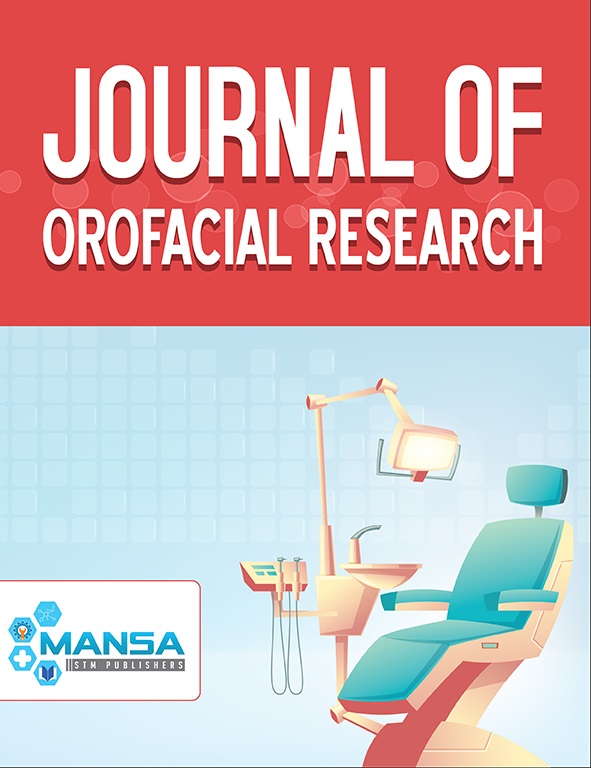Structural Effects of Various Commonly used Disinfectant Solutions on Gutta-Percha: An Atomic Force Microscopic Study
Keywords:
Gutta-percha sterilization, NaOCl, Chlorhexidine, Hydrogen peroxide, Glutaraldehyde, Atomic force microscope.Abstract
Introduction: Gutta-percha cones can be contaminated by various ways. Literature revealed several methods for rapid decontamination of gutta-percha cones in dentistry. Atomic force microscope (AFM) is a well-established methodology for structural characterization of materials. Aim: The purpose of the study is to evaluate the effects of 5% sodium hypochlorite 2% chlorhexidine, 2.2% glutaraldehyde, 6% hydrogen peroxide on the surface structure of standardized
gutta-percha cones in their respective cold sterilization times 1, 10, 15, 10 minutes respectively as found in many studies. Materials and methods: Forty standardized gutta-percha cones (ISO standardized size 60) were cut 3 mm from the tip, attached to a glass base and immersed in 5% sodium hypochlorite, 2% chlorhexidine, 2.2% glutaraldehyde, 6% hydrogen peroxide for 1, 10, 15, 10 minutes. After this, the samples were positioned in the atomic force microscope. The
analyses were performed between 1 and 2 mm from the tip after each period of immersion in NaOCl. Gutta-percha cone without any NaOCl treatment were used as control. Root mean square (RMS) parameters for contact mode imaging variations were measured. Results: The differences between RMS values were tested
by ANOVA with Fisher’s protected LSD test for multiple comparisons (p < 0.05). Aggressive deteriorative effects on gutta-percha cone elasticity were observed for 5.25% NaOCl at 1 minute when compared to the control (p < 0.05). In addition, 2% chlorhexidine has caused topographic changes after 15 minutes when compared to the control (p < 0.05). Conversely, 2.2% glutaraldehyde, 6% hydrogen peroxide solution did cause minimal alteration on topography or elasticity of gutta-percha cone structure when compared to the control (p > 0.05). Conclusion: Six percent hydrogen peroxide and 2.2% glutaraldehyde are safe alternative for chair side decontamination of gutta-percha cones when compared to 5.25% NaOCl and 2% chlorhexidine.

